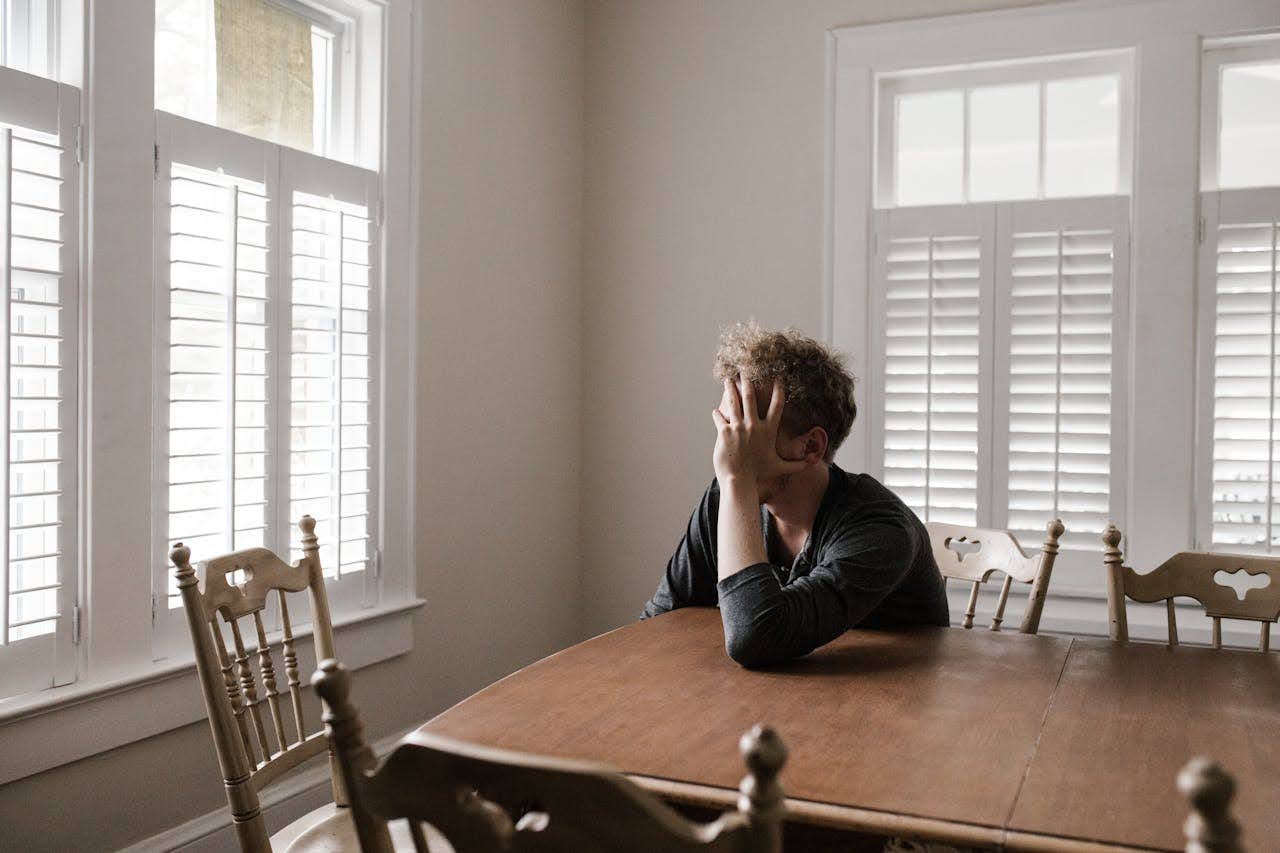Starting a first psychiatry appointment can feel uncertain, especially without knowing what the process involves. In a large city like Los Angeles, clinics often offer telehealth options, evening or weekend availability, and multilingual staff—details that can shape how your first visit is scheduled and conducted. Many people wonder how the conversation will unfold, what questions might come up, and how much personal history they will need to share. Understanding what typically happens during this visit helps reduce stress and sets the stage for a more comfortable experience.
This type of appointment usually serves as an introduction between the individual and the psychiatrist. It allows both sides to build a clearer picture of current concerns, past experiences, and possible next steps. By knowing the general flow of the visit, a person can walk in with more confidence and focus on making the most of the time.
Initial intake and medical history review
The first psychiatry appointment usually begins with an intake process. The psychiatrist asks about current symptoms, personal background, and goals for treatment. This step helps create a clear picture of the person’s needs.
Next, the provider reviews medical history in detail. They may ask about past diagnoses, medications, hospitalizations, and family mental health history. Honest answers allow the psychiatrist to build an accurate record.
Lifestyle factors such as sleep, diet, and substance use are often discussed as well. These details help the provider understand how daily habits may affect mental health.
People seeking mental health services in Los Angeles can expect this same process, whether in person or through telemedicine. This approach allows the provider to design treatment that matches the individual’s situation.
The intake also gives patients a chance to ask questions. By sharing concerns early, they can feel more comfortable and involved in their care plan.
Discussion of current symptoms and concerns
At the start of the appointment, the psychiatrist usually asks about current symptoms. This may include mood changes, trouble with sleep, appetite shifts, or problems with focus. The goal is to understand how these issues affect daily life.
Patients are encouraged to describe their concerns in clear terms. For example, they might explain how often symptoms occur, how long they last, and what seems to trigger them. Specific details help the psychiatrist form a more accurate picture.
The psychiatrist may also ask how symptoms impact school, work, or relationships. These questions give context and reveal patterns that might not be obvious at first.
In addition, the conversation often covers past attempts to manage symptoms, such as therapy or medication. This helps the psychiatrist see what has or has not been useful.
By discussing both current challenges and past efforts, the psychiatrist gains a clearer view of the person’s needs and can begin shaping an approach that fits their situation.
Mental health evaluation and diagnostic assessment
A first psychiatry appointment usually begins with a mental health evaluation. The psychiatrist asks about current symptoms, personal history, and any past medical or mental health treatment. This helps them understand the person’s background and main concerns.
The assessment often includes questions about mood, sleep, appetite, focus, and daily functioning. The psychiatrist may also ask about family history, past stressors, or major life events. These details provide context for how symptoms developed and how they affect daily life.
In some cases, the psychiatrist may use questionnaires or screening tools. These tools give structure to the evaluation and support the diagnostic process. They can also highlight patterns that might not come up in conversation.
After gathering this information, the psychiatrist begins forming a diagnostic picture. The goal is to identify possible conditions and guide treatment planning. This step sets the foundation for deciding whether therapy, medication, or a mix of both may be helpful.
Review of any past treatments or medications
The psychiatrist will ask about past treatments to understand what has or has not worked before. This may include previous therapy approaches, hospital stays, or other forms of care. The goal is to see patterns that may guide the current plan.
Medication history is also an important part of the discussion. Patients are usually asked to share the names, dosages, and length of time they took each prescription. Side effects or reasons for stopping a medication are equally important details.
In addition, providers often want to know about over-the-counter drugs, supplements, or substances that could affect mental health. This information helps avoid harmful interactions and supports safer choices moving forward.
Family history of medication response may also come up. For example, learning how a relative reacted to a certain drug can sometimes give helpful clues. This type of context allows the psychiatrist to make more informed recommendations.
Setting goals and treatment planning
The psychiatrist usually begins by asking about the person’s main concerns and what they hope to achieve. This helps set a clear direction for care and gives both sides a shared understanding of priorities.
After discussing symptoms and history, the psychiatrist may suggest specific goals. These can include reducing certain symptoms, improving daily functioning, or addressing long-term well-being. Goals are often practical and tailored to the individual’s needs.
Treatment planning follows naturally from these goals. The psychiatrist might recommend therapy, medication, or lifestyle changes. In some cases, a combination of approaches works best.
The plan is not fixed. Progress is reviewed over time, and adjustments are made if needed. This flexibility allows treatment to stay aligned with the person’s changing situation.
Patients are encouraged to take part in the process by asking questions and sharing feedback. Open communication helps create a plan that feels realistic and manageable.
Conclusion
A first psychiatry appointment gives patients and providers a chance to build understanding and set goals. The visit often includes questions about medical history, current concerns, and daily life. This helps the psychiatrist form a clear picture of the person’s needs.
Patients should remember they can also ask questions. Clear communication helps both sides feel more comfortable and prepared for next steps.
By knowing what to expect, individuals can approach the appointment with more confidence and use the time in a productive way.










